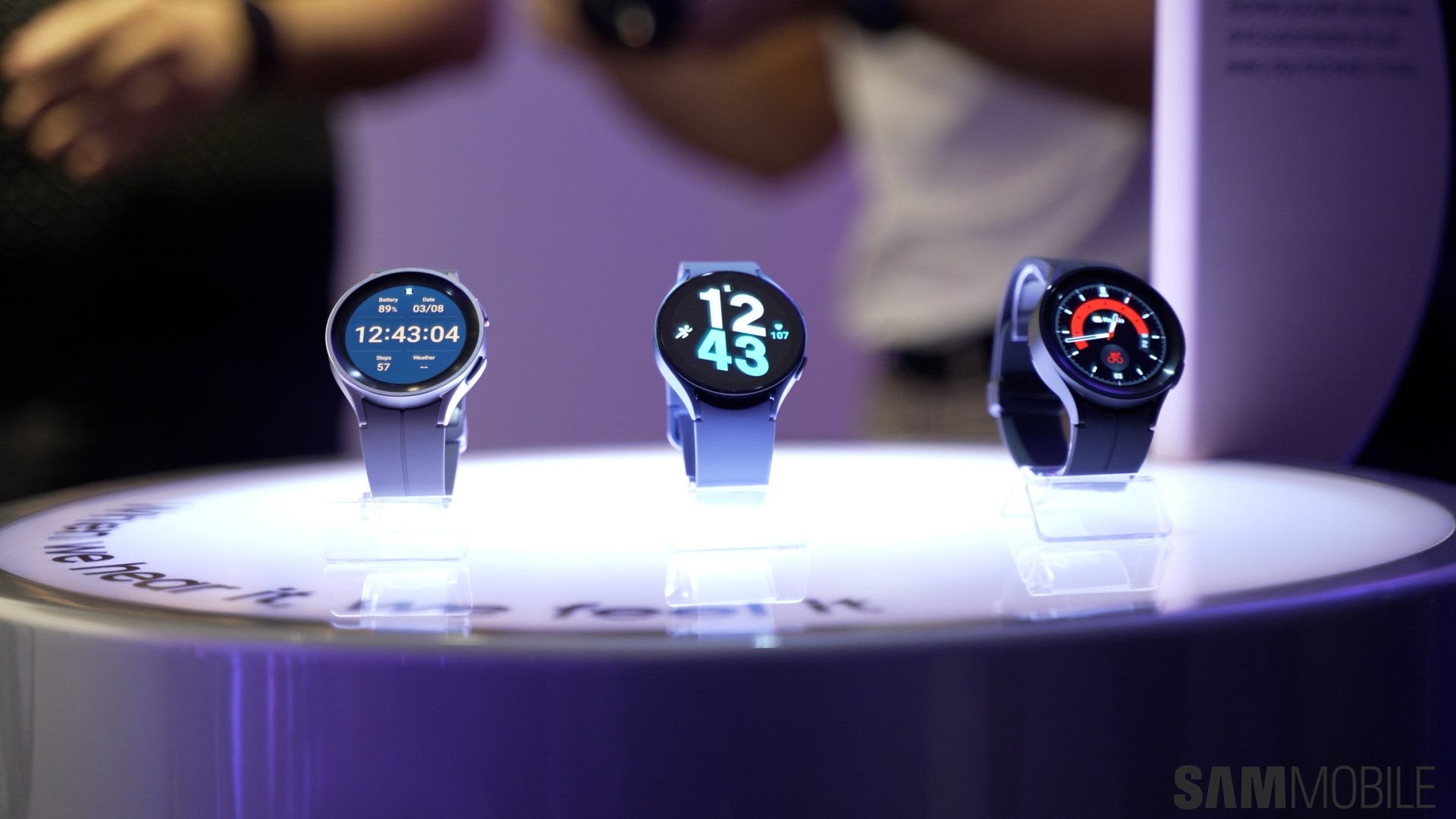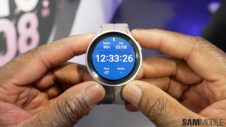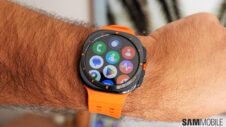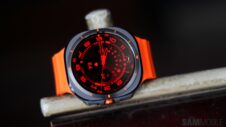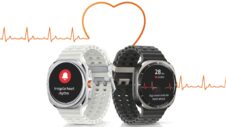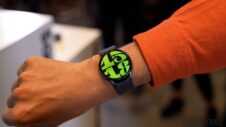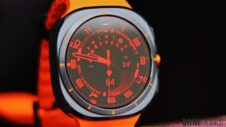The Galaxy Watch 5 just went to space and back, riding a SpaceX Dragon 2 spacecraft. The Samsung smartwatch was a part of the Polaris Dawn mission, organized by entrepreneur Jared Isaacman and operated by SpaceX. The crew of four wore Galaxy Watch 5 smartwatches to monitor body composition in a microgravity environment.
The Polaris Program is described as “a first-of-its-kind effort to rapidly advance human spaceflight capabilities while continuing to raise funds and awareness for important causes […] on Earth.” The program, which will consist of three planned missions, is operated by SpaceX.
Polaris Dawn was the first mission, launched on September 10. A crew of four, wearing Galaxy Watches, flew the SpaceX Crew Dragon spacecraft in an elliptic orbit 1,400 kilometers away from Earth — the farthest anyone has gone since the NASA Apollo program (via Wikipedia). The crew safely returned to Earth on September 15.
Galaxy Watch 5 went through the Van Allen radiation belt
The purpose of the Polaris Dawn mission was to test the health effects of space radiation as the astronauts passed through parts of the Van Allen radiation belt. Furthermore, Polaris Dawn successfully completed the first commercial spacewalk and tested SpaceX's EVA spacesuit.
The health study was conducted in collaboration with NASA health research affiliate Transitional Research Institute for Space in Health (TRISH).
More to the point at hand, the study monitoring the body composition of astronauts in microgravity was led by the University of Hawaii Cancer Center in collaboration with Samsung.
The story continues after the video
More dedicated body composition monitoring equipment other than the Galaxy Watch exists, but it is heavy and unwieldy. These limitations make it difficult to take this equipment into space, and researchers settled on using the Galaxy Watch 5 and its embedded advanced bioactive sensors.
The Samsung smartwatch determines the wearer's body composition by analyzing information including skeletal muscle mass, basal metabolic rate, body water content, and body fat percentage.
Samsung reveals that the Galaxy Watch 5 successfully passed the Polaris Dawn space project's preliminary tests, which were conducted for about a year.
This timeline explains why the team didn't use a newer smartwatch model, like the Galaxy Watch 6 or Galaxy Watch Ultra. They had to rigorously test the wearable they'd take in space on this mission, and the Galaxy Watch 5 was the latest model when the tests began.
Thankfully, the Galaxy Watch 5 showed a high correlation of 93% to 97% with body composition values measured using clinical devices, researchers say. The Galaxy Watch also showed a 95% correlation for body fat percentage compared to values measured using DEXA body composition analyzers.
All in all, the Galaxy Watch 5's health monitoring capabilities proved to perform well, and perhaps this mission will show that astronauts could get a lot of health data while wearing smartwatches during space missions, all without adding barely any extra weight.
